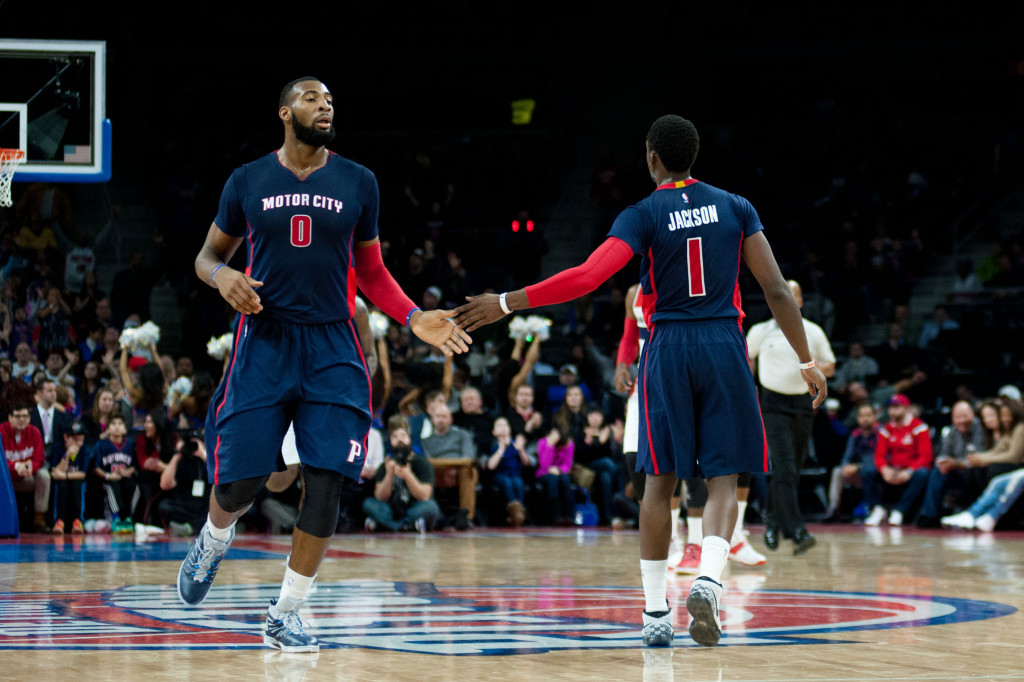Written by Joshua Kelly at The Sports Quotient
Understanding the financial side of the NBA can be a daunting task. The collective bargaining agreement (CBA) is filled with rules and exceptions that can be confusing, to say the least. The goal of the Salary Cap 101 series is to explain the NBA’s financial side in a way that is simple and easy to comprehend.
In this edition of the NBA Salary Cap 101, we’ll break down the most frequently used way that teams exceed the salary cap: the mid-level exception.
What Exactly Is The Mid-Level Exception?
Other than Bird Rights, the mid-level exception (MLE) is the most commonly used way that NBA teams exceed the salary cap and sign free agents. Unlike the bi-annual exception, the MLE can be used by teams every single year without any penalties.
An additional benefit of the MLE is that teams are allowed to use the mid-level exception money to sign multiple free agents. For example, this offseason, the Brooklyn Nets used its mini mid-level exception (worth $3,376,000) not to sign one player for three million, but two players for $1.5 million.
Unlike maximum contracts, in which its figure varies based on the salary cap of the league that season, MLE’s are already predetermined by the CBA and do not change based on the leagues salary cap number.
Currently, there are three different types of mid-level exceptions: the room, taxpayer, and non-taxpayers exceptions.
To continue reading this article, click here




